The Importance of CPR Training in the Workplace
The importance of CPR training in the workplace is hard to argue against. The American Heart Association (AHA) suggests that over 356,000 out-of-hospital cardiac arrests occur every year in the United States. More than 90% are fatal. And according to OSHA, around 10,000 cardiac arrests happen at workplaces alone, painting an unfortunate picture since the workforce isn’t prepared.
The good news is that the sufferer’s chances of survival increases if they receive help within the first few minutes and before professional medical aid arrives. Therefore, CPR (Cardiopulmonary Resuscitation) is a lifesaving skill for employees to learn.
Why Provide CPR Training at Work?
Preparing your staff to administer CPR in an emergency helps create an organization of lifesavers. Many workplaces are already training first-aiders in CPR. But you don’t have to stop there. Everyone must be trained so you have a workforce that can step in when the worst happens.
Helps in Emergencies
CPR certification for workplaces should be mandatory as it helps prevent an emergency from worsening. Your staff becomes well-equipped with the tools to help them be cautious in their day-to-day lives. Ultimately, having such lifesaving skills adds to overall workplace safety.
Meets Federal Requirements
If you are in a state that mandates CPR certification for workplaces, the training will help you comply with the necessary regulations. It becomes even more crucial for construction, daycare, coaching, and firefighting professionals. Even if your state doesn’t require employees to be CPR-certified, they still should be.
Boosts Employee Confidence
Routine CPR training boosts employee confidence in knowing that if someone ever went into cardiac arrest at work, assistance will be readily available. The training is good for team building, and provides an opportunity to collaborate on something other than work. This then can help build trust.
Works Beyond The Workplace
First aid and CPR training are tools that can be implemented both inside and outside of the workplace. Out of the 356,000 out-of-hospital cardiac arrests, 80% are in a private, residential setting. So, being trained in CPR is a skill that goes with you wherever you go.
Worth the Cost
Corporate CPR certification courses can vary in cost. However, these can save you tens of thousands in potential insurance and hospital costs. Registering for CPR certification for workplaces doesn’t sound bad compared to the ever-increasing health bills and insurance premiums.
Ready to Invest In Your Employees’ Health & Wellness?
If you do not want your staff to become a part of the workplace safety statistics, implement a practical program so everyone’s well-versed in tackling emergencies.
CPR is something anyone can learn and apply in unfortunate situations. To run lifesaving first aid and CPR training at work, you can place your trust in First Response Training International.
Strengthen your workplace well-being with our specially designed CPR certification for workplace safety.
Find an instructor near you to setup your workplace CPR training today.
Related Blog Articles

Dive Back into Life: Navigating Scuba Diving After a Heart Attack

First Aid for Families: Why Parents Need to Be Prepared

Breaking Down the Basics: Heart Attack vs. Heart Disease

A Father’s Perspective on Childhood Diabetes

Important Bloodborne Pathogens and How to Avoid Them – Part 2

Important Bloodborne Pathogens and How to Avoid Them – Part 1

Can Kids Have Heart Attacks?

Important Bloodborne Pathogens and How to Avoid Them – Part 3



Dodaj komentarz
Chcesz się przyłączyć do dyskusji?Pomóż nam się rozwijać!